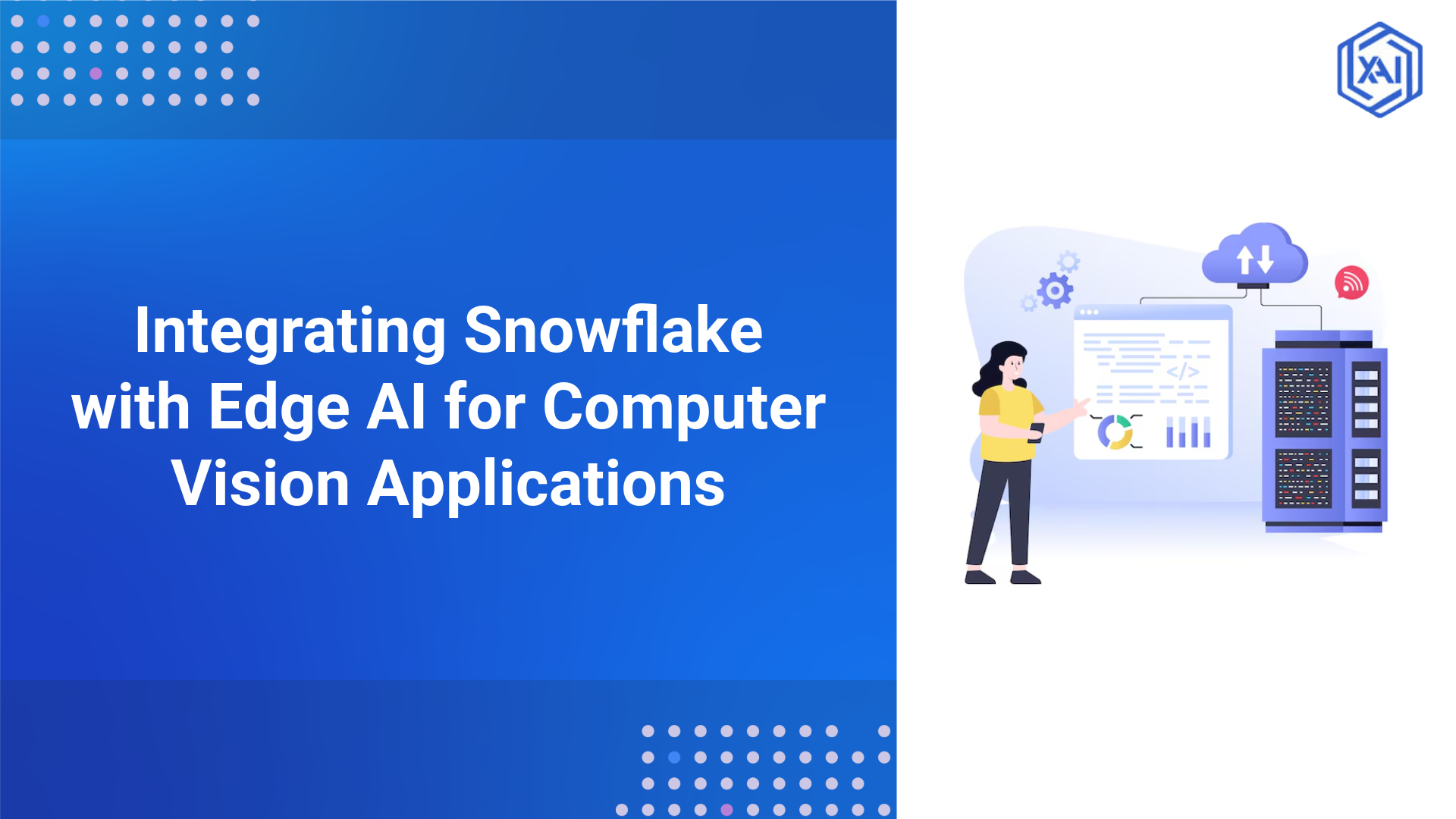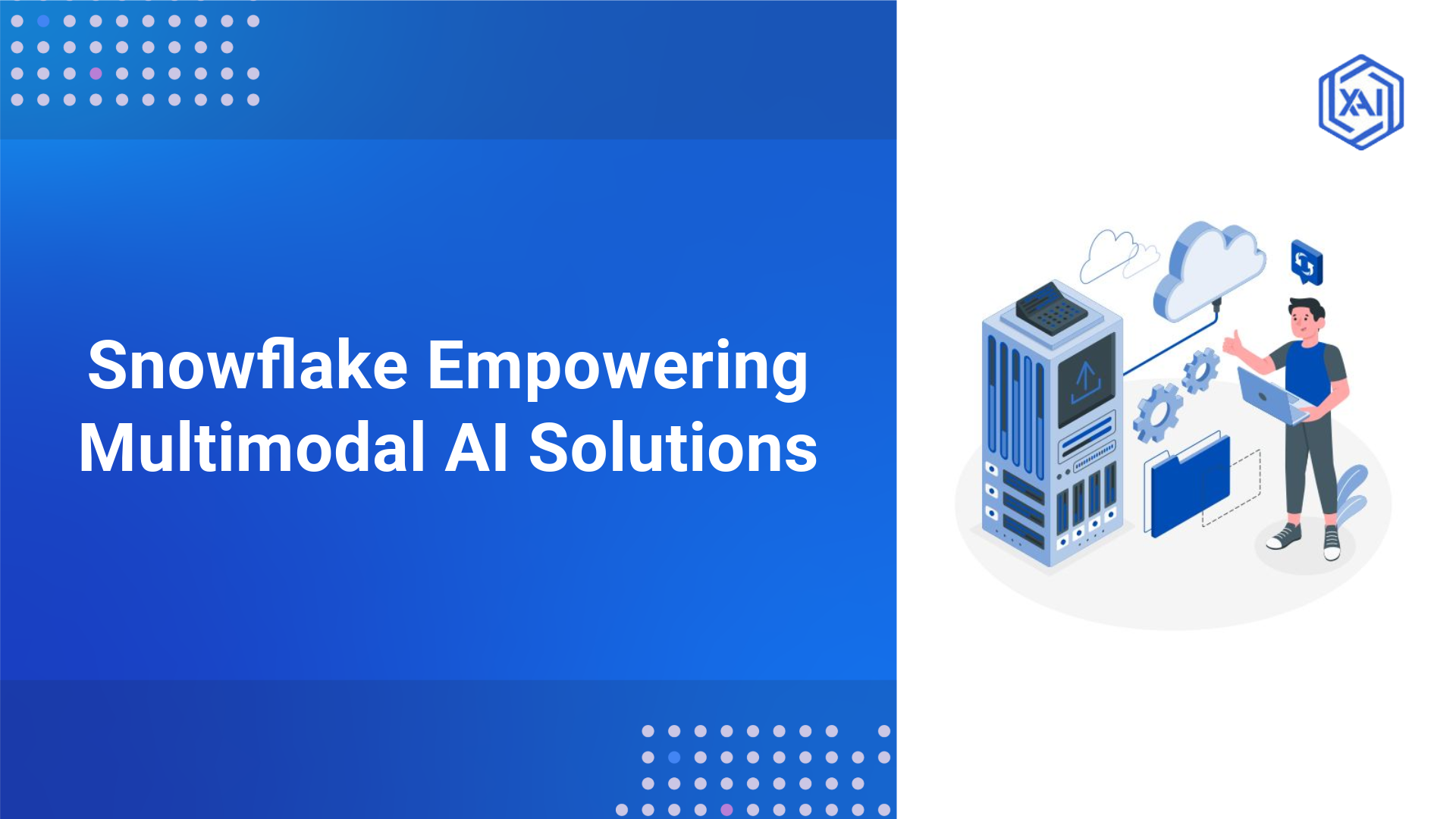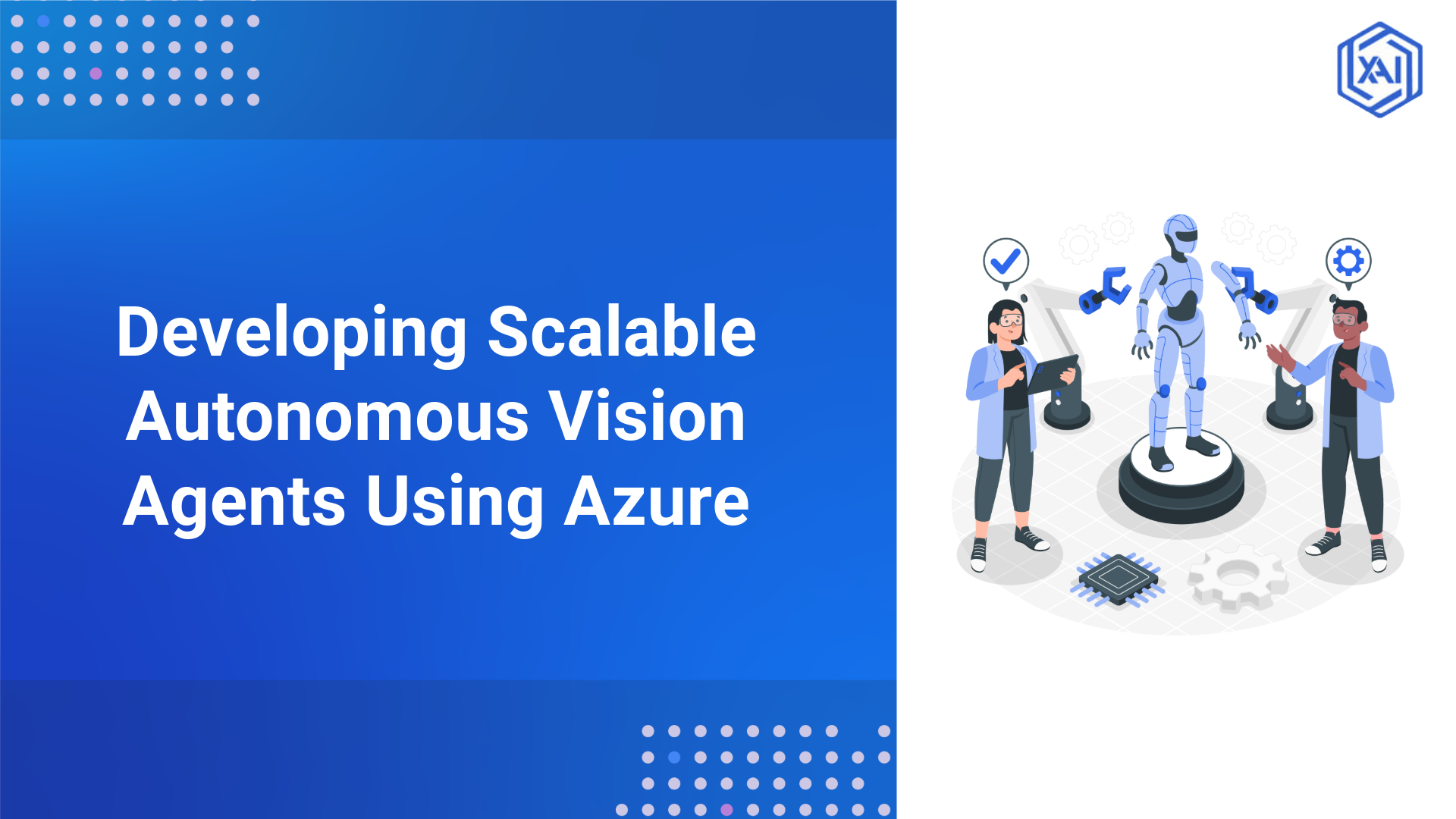
Classroom engagement is a cornerstone of practical education, directly influencing students' academic success and overall learning experience. Traditional approaches to measuring engagement—like teacher observations and self-reports—have inherent limitations. These methods are often subjective, resource-intensive, and prone to biases. However, with the advent of artificial intelligence (AI), particularly computer vision (CV), the education sector now has tools to gather objective, data-driven insights into student attentiveness and participation.
Computer vision-based engagement monitoring systems analyse classroom visual data in real-time, identifying patterns in student behaviour such as facial expressions, body posture, and eye gaze. These technologies provide an innovative way to bridge the gap between traditional methods and the growing need for personalized, effective education strategies.
Early Approaches to Monitoring Classroom Engagement
As a matter of history, educators have relied on manual methods to track student engagement. These methods included:
-
Teacher Observations: Teachers observed students during lessons and made mental or written notes of their attentiveness and participation. This was valuable, but it tended to favour extroverted students who regularly participated in conversation, leaving more introverted students underrepresented.
-
Checklists and Protocols: Structured tools such as checklists or standardized observation protocols helped systematize monitoring engagement. Nevertheless, these tools could be biased by the observer’s biases or the ambient context of the class.
-
Self-Reporting: Students could self-assess their engagement with the surveys and questionnaires. This method provided direct insight but was subject to inaccuracies, especially social desirability bias, where students tend to overstate their engagement for being in a good light.
Although these exposed some insight, they were not precise, scalable, or consistent enough for modern educational spaces.
Advancements Over Time
Over the years, technological advancements have revolutionized how classroom engagement is monitored. Early digital tools provided incremental improvements:
-
Learning Management Systems (LMS): With platforms like Moodle and Blackboard, basic engagement tracking was possible through metrics such as the number of quiz participation and login frequency and how much time was spent on course materials. These metrics were helpful but measured completed tasks, not their engagement over time.
-
Wearable Devices: Eye-tracking glasses and EEG headsets offer deeper insights into cognitive engagement by analyzing brain activity or gaze patterns. However, their intrusive nature, high cost, and limited scalability have declined widespread use.
-
AI and Machine Learning: When AI and ML were integrated into educational technology, the algorithms could start to analyze patterns in student behaviour at scale and provide more accurate and detailed engagement metrics. For example, computer vision was one of these advancements, offering real-time, noninvasive monitoring.
How Computer Vision is Used to Monitor Engagement
Implementing a classroom engagement monitoring system involves integrating computer vision technologies, including object detection and tracking algorithms, to analyze student behaviour accurately. Below is a step-by-step outline of the implementation process:
 Figure 1: Computer Vision for Monitoring Engagement
Figure 1: Computer Vision for Monitoring Engagement Setting Up the Camera System
The system begins with a well-designed hardware setup to ensure optimal data capture:
-
Camera Selection: High-resolution cameras like the Canon EOS 5D Mark IV can be used with RTSP to capture clear, detailed images under different classroom lighting conditions.
-
Placement: The placement of cameras is designed to cover the classroom highly. Cameras are installed in a room primarily at the front, back and sides to eliminate blind spots and bring the entire student's face and posture into view.
The data captured with this setup remains consistent and high-quality for subsequent processing.
Image and Video Data Collection
The system employs a dynamic image capture process:
-
Random Interval Generation: To avoid predictability and capture authentic classroom interactions, a scheduler triggers cameras at spaced intervals during class sessions (e.g. every 10 to 20 minutes).
-
Synchronized Capture: All cameras simultaneously capture images or video frames, offering multiple angles to provide solid analysis.
This approach ensures a diverse dataset representing a variety of classroom moments and thus better facilitates the evaluation of engagement
Face Detection Using YOLOv7
YOLOv7 (You Only Look Once version 7), a state-of-the-art face detection model, is employed to detect and locate students in the captured frames:
-
Pre-trained Model: YOLOv7 can be pre-trained on big data to identify students based on facial features and body postures. A custom dataset can also be prepared so the pre-trained model can run according to our requirements.
-
Detection Outputs: For each detected student, we get a bounding box around it and a confidence score indicating how likely the labelling was proper.
It is crucial because it detects students' presence and ‘location’ in the classroom.
DeepSORT for Student Tracking
Once students are detected, the system uses DeepSORT (Simple Online and real-time tracking with a Deep Association Metric) for object tracking:
-
Tracking Algorithm: With DeepSORT, each detected student receives a unique ID and movement across frames is tracked. This ensures that the data about a single student belongs to the same individual across the frames
-
Motion and Appearance Features: DeepSORT combines motion vectors with appearance features (e.g., clothing or posture) to maintain tracking accuracy when students partially occlude each other.
This integration lets the system follow the students throughout the class.
Engagement Analysis
The core of the system lies in assessing student engagement levels using visual cues:
-
Eye Gaze and Facial Expression Analysis: The system then infers attentiveness based on where students are looking and their facial expressions, i.e., whether they are smiling, frowning, or distracted.
-
Body Posture and Gestures: Participation is gauged by physical cues such as leaning forward, slouching and raising hands.
-
Categorization: We combine each set of features, and the structure of these combination features is fed into a neural network model trained to classify the students as "engaged" or "not engaged."
We use multimodal data to ensure the engagement assessment is as robust and error-prone as possible.
Weekly Engagement Score Calculation
To provide actionable insights to educators, the system aggregates engagement metrics:
-
Score Calculation: We divide each student's number of 'engaged' detections by the total number of detections weekly. This ratio results in a weekly engagement score.
-
Validation: Finally, the system is reviewed periodically to verify accuracy and address possible biases.
These scores are a way for teachers to get a quantitative measure of engagement. If a student gets a low score, the teacher will know that the student may need extra help.
Integration of YOLOv7 and DeepSORT in the System
The combined use of YOLOv7 for object detection and DeepSORT for tracking offers several advantages:
-
Real-Time Analysis: Data is processed real time to generate insights during classroom sessions.
-
Scalability: The integration can handle large classrooms with multiple students while maintaining accuracy.
-
Reduced Computational Overhead: DeepSORT only tracks detected objects, minimizing the computational load by reducing cost and making the system efficient. Computer Vision in Monitoring Energy Infrastructure.
Variations of DeepSORT and Their Applications
DeepSORT is one of the most popular object-tracking algorithms, but other tracking algorithms address different requirements of object tracking. Below is an overview of these alternatives and their potential use cases: Computer Vision in Vehicle Safety and Monitoring.
 Figure 2:Types of DeepSORT
Figure 2:Types of DeepSORT -
Simple Online and Realtime Tracking (SORT)
SORT is the precursor of DeepSORT, as it prioritizes simplicity and speed over robustness. Kalman filters and the Hungarian algorithm achieve motion-based tracking without using appearance features.
Use Case: Applicable to situations where computational efficiency is essential (e.g., real-time video surveillance, low-powered edge devices).
-
Deep Simple Online and Realtime Tracking (DeepSORT)
DeepSORT further includes appearance features (e.g. colour, texture) and motion for improved tracking accuracy in crowded or occluded environments over SORT.
Use Case: Incorporating it into any multi-object tracking problem is ideal in environments where occlusions occur frequently, such as classrooms, sports analytics, or busy public spaces.
-
Occlusion Aware SORT (OC_SORT)
OC_SORT is an improvement over SORT in handling long-term occlusions. Using IoU (Intersection over Union) achieves better detection and re-association of reappearing objects.
Use Case: This method is suitable for cases when objects disappear temporarily, e.g., urban traffic monitoring or pedestrian tracking.
-
BoTSORT (Box-Tracking SORT)
BoTSORT integrates more sophisticated appearance models and additional features for re-identification. It improves tracking objects that fall out of the frame but return later.
Use Case: Such scenarios include security apps and/or instances where objects frequently move Assets out of camera view, e.g., entrances/exits or retail analytics.
-
ByteTrack
ByteTrack extends SORT by tracking low-confidence detections that other trackers usually discard. This approach increases robustness and decreases the number of missed detections.
Use Case: Able to operate well in dynamic, noisy detection environments such as wildlife monitoring or drone footage.
Benefits of Computer Vision in Education
The application of computer vision for monitoring classroom engagement offers numerous advantages:
- Objective Insights: Computer vision uses data-driven insights into student behaviour to minimize bias.
- Scalability: Large classrooms can be more easily monitored by automated systems than by manual observation.
Enhanced Teaching Strategies: By analyzing the data for engagement, educators can adjust the lesson plans in real-time.
Long-term Analytics: Educators can track this data to identify pattern trends and improve teaching methodologies.
Challenges and Ethical Considerations
While computer vision presents a transformative approach, it also comes with significant challenges and ethical concerns:
-
Privacy Concerns: Capturing and storing student images requires stringent data protection measures to prevent misuse.
-
Accuracy and Bias: AI models must be trained on diverse datasets to avoid bias related to ethnicity, gender, and physical appearance.
-
Transparency: Clear communication with students and parents about how data is used is essential to maintain trust.
-
Cost and Infrastructure: Implementing a computer vision system requires significant hardware and computational resources investment.
Future Prospects
The future of computer vision in education is promising, with advancements expected in:
-
Model Accuracy: Ongoing research aims to refine algorithms for even greater precision in engagement detection.
-
Integration with LMS: Seamless integration of CV systems into existing educational platforms for streamlined workflows.
-
Real-Time Personalization: Systems that provide immediate, tailored student feedback during lessons.
-
Enhanced Privacy Measures: Innovations in data anonymization and secure storage to address privacy concerns.
Conclusion for Monitoring
Computer vision transforms classroom engagement monitoring, providing objective, scalable, and insightful data to enhance the learning experience. By using advanced models like YOLOv7 and DeepSORT algorithms, educators can gain deeper insights into student participation and tailor their teaching strategies more effectively. While challenges such as privacy and bias remain, the continuous advancement of AI technologies promises to create more engaging and effective learning environments in the future.
Next Steps with Computer Vision
Talk to our experts about implementing computer vision systems for classroom engagement. Discover how schools and educators use AI to monitor student participation and enhance learning experiences. Leverage computer vision to track classroom dynamics, improving interaction and engagement through real-time data and insights.


